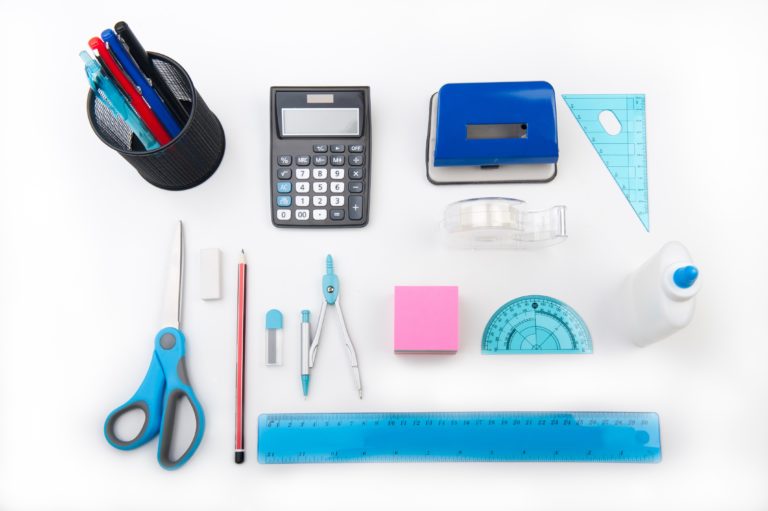Which key cohesive devices improve coherence?

This is the third and final chapter about Cohesive Devices. To complete this reader, read each chapter carefully and then unlock and complete our materials to check your understanding.
– Review the eight lexical and grammatical cohesive strategies which are useful in academic writing
– Explore the twelve cohesive functions of conjunctions and conjunctive adverbs
– Complete the lesson worksheets to check knowledge and improve comprehension
Before you begin reading...
-
video and audio texts
-
knowledge checks and quizzes
-
skills practices, tasks and assignments
Chapter 3

This is the third and final chapter in our short reader on cohesive devices. In this reader, we’ve so far discussed how cohesion in a piece of writing refers to the micro features (vocabulary and grammar) that improve the coherence of a text. We’ve discussed how there are eight strategies for improving cohesion in academic writing, split into lexical and grammatical categories that when combined increase the flow, structure, signposting, logic and argumentation of an essay or dissertation.
Finally, we turn to the twelve conjunctive functions that improve an essay’s cohesion through the expression of relationships between ideas, such as contrast, exemplification and sequence. Memorise these words and phrases and use them accurately to improve your grades while studying at college or university. To check your understanding of this topic, don’t forget to unlock, download and complete our Chapter 1-3 Worksheets, particularly designed for non-native speakers of English.
What are the eight cohesive strategies?
To learn more about the eight strategies listed below that significantly improve cohesion in a piece of writing, return to Chapter 1 and 2 of this reader:

What are cohesive devices?
Most non-native speakers who are using English to complete a bachelor’s or master’s degree will no doubt have heard their English for academic purposes (EAP) tutor mention the term ‘cohesive device’. In short, such devices are the words or phrases that improve the cohesion of a piece of writing. This may include synonyms, antonyms and polysemes as well as some cohesive word types:

- adverbs: however / therefore
- articles: a / an / the
- auxiliaries: be / do / have
- conjunctions: and / because / so / while
- demonstratives: this / that / these / those / such
- pronouns: it / one / she / which
- quantifiers: all / any / many / most / some
In this chapter, we focus specifically on the coordinate conjunctions, subordinate conjunctions, conjunctive adverbs and general adverbs that form relationships of comparison, contrast or similarity between words, phrases, clauses and sentences.
Function 1: Addition
additionally, again, also, and, besides, furthermore, in addition to, moreover, too
- Besides air pollution, microplastics are an additional cause of increased cancer.
- This belief is in addition to the perception that most students are lazy.
Function 2: Comparison
also, as though, equally, just as, likewise, in comparison, similarly, while
- Air pollution is just as damaging to a person’s health as smoking.
- In comparison to in-class learners, online students are more independent.
Function 3: Contrast
conversely, however, in contrast, instead, nevertheless, on the contrary, whereas
- Most people know that smoking is unhealthy; however, new smokers are still on the increase.
- Instead of learning to drive, many people are opting to use Uber or Didi to get to work.
Function 4: Concession
although, even though, granted that, of course, naturally, regardless, though
- Although some positives to online learning do exist, the negatives are far more salient.
- Regardless of whether cancer rates are on the decline, this is still an important issue.
Function 5: Exemplification
for example, for instance, including, notably, specifically, such as, to illustrate
- There are many types of sentence structure such as compound and complex.
- There are various symptoms of malaria, including fever and headaches.
Function 6: Result
accordingly, as a result, because, consequently, due to, hence, so, therefore, thus
- As a result of increased tuition fees, many subjects in the arts are seeing reduced enrolment.
- This decrease in teenage pregnancy may be due to an increase in the use of technology.
Function 7: Reformulation
basically, briefly, in other words, put simply, rather, that is to say
- Put simply, there is no greater threat to human health today than air pollution.
- This issue is more complex than thought. That is to say, government intervention is required.
Function 8: Replacement
alternatively, again, better still, instead, on the other hand
- On the other hand, governments could improve their policies with more allocation of funding.
- Instead of focussing on the causes, it may be better at this stage to target the solutions.
Function 9: Sequence
after, first, finally, more important, next, on top of that, second, since, then
- After boiling the solution for ten minutes, the beaker was placed into frigid ice water.
- Finally, the situation was resolved through media reporting and government intervention.
Function 10: Similarity
also, comparatively, concurrently, equally, just as, likewise, similarly, so too
- Smoking is equally as harmful as commuting in some of the most polluted parts of India.
- Just as online learning is increasing in popularity, so too is digital access to materials.
Function 11: Summary
basically, in all, in brief, in conclusion, on the whole, therefore, to summarise
- What this evidence therefore shows is that more attention needs to be given to this issue.
- In conclusion, this essay has evaluated the theory using a number of key criteria.
Function 12: Transition
as far as X is concerned, concerning, incidentally, now, turning to, with regard to,
- With regard to the second issue in our talk today, there are three factors I wish to discuss.
- Turning to our second solution, we can see that government policies are of critical importance.
To reference this reader:
Academic Marker (2022) Cohesive Devices. Available at: https://academicmarker.com/academic-guidance/vocabulary/cohesive-devices/ (Accessed: Date Month Year).
Downloadables
Once you’ve completed all three chapters in this short reader about Cohesive Devices, you might then wish to download our Chapter Worksheets to check your progress or print for your students. These professional PDF worksheets can be easily accessed for only a few Academic Marks.
Chapter 1 explores the topic: Can lexical cohesion improve academic writing? Our Chapter 1 Worksheet (containing guidance, activities and answer keys) can be accessed here at the click of a button.
Chapter 2 explores the topic: What are the four types of grammatical cohesion? Our Chapter 2 Worksheet (containing guidance, activities and answer keys) can be accessed here at the click of a button.
Chapter 3 explores the topic: Which key cohesive devices improve coherence? Our Chapter 3 Worksheet (containing guidance, activities and answer keys) can be accessed here at the click of a button.
To save yourself 2 Marks, click on the button below to gain unlimited access to all of our Cohesive Devices Chapter Worksheets. This All-in-1 Pack includes every chapter , activity and answer key related to this topic in one handy and professional PDF.
Collect Academic Marks
-
100 Marks for joining
-
25 Marks for daily e-learning
-
100-200 for feedback/testimonials
-
100-500 for referring your colleages/friends